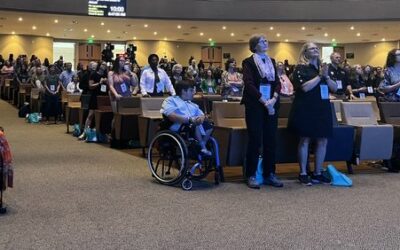
Zechariah is a New Testament character, he was the husband of Elizabeth and the father of John the Baptist. In Luke 1:5-25 we learn about Zechariah and his amazing encounter with the angel Gabriel. Gabriel told Zechariah that he and his wife would have a son who would be sent by God to prepare the way for the Messiah, Jesus. Gabriel told Zechariah that his son would have the same spirit and power as Elijah, one of the great Old Testament characters. Gabriel also told Zechariah that he should name his son John.
Zechariah, despite being visited by an angel, doubted what he had been told, and so Gabriel told him that because of this doubt, Zechariah would not be able to speak until his son was born. So, he became unable to speak, and therefore unable to communicate through speech. What did he do? And what does his story teach us about people who cannot communicate by speech, or choose not to, today?
Was Zechariah unable to continue to serve?
No! After he had lost his ability to speak, verse 23 tells us that ‘When his time of service was over, he returned home.’ He carried on working, serving the people, after his encounter with Gabriel and the temporary loss of his ability to communicate by speech. There is no reason why people who either cannot speak, or choose not to speak, should not be able to serve in our churches, for example. As we will discover, Zechariah found alternative ways to communicate that allowed him to continue with his life for the months of Elizabeth’s pregnancy.
Was Zechariah able to communicate?
Yes! We see examples of Zechariah adapting to use other forms of communication in the account in Luke 1:
-
He used gestures to communicate. Verse 22 tells us that ‘They knew this because he kept motioning to them’. In verse 63 we find Zechariah asking for a tablet to write on, probably by gesture. Many people with limited or no speech communication use gestures as part of their method of communicating. It doesn’t tell us that Zechariah used facial expressions, but it is likely that these were part of his new way of communicating too.
-
He used a tablet to write on. Verse 63 tells us that when people asked Zechariah what to call his and Elizabeth’s son, who was newly born, he gestured for something to write on and used a table to write “His name is John.” He had also communicated this previously to Elizabeth because she had already insisted that the baby must be called John (v60).
Different methods of communication
Children, young people, or adults, who cannot speak (for a range of reasons) or choose not to speak (which can be linked to anxiety, for example) will use a variety of ways to communicate. Just as the people in Zechariah’s time (especially Elizabeth) needed to understand these different communication methods and how Zechariah used them, so we should ensure that we seek to understand all of the communication cues that children, young people, or adults who don’t speak might be sharing with us:
-
Gestures and facial expressions
-
Writing or drawing
-
Sounds – someone may not use clear words, but they can still verbally communicate through sounds, parts of words, or volume levels, for example
-
Signing – this could be a sign language such as BSL (British Sign Language) or ASL (American Sign Language), or Makaton, which is a language system that uses signs, symbols, and speech to help people communicate more independently
-
Symbols – this could be using e.g. Widgit or Boardmaker symbols to aid communication and learning
-
A tablet – not a wax or clay tablet like Zechariah, but a computer tablet with software installed that helps someone communicate. ProLoquo2Go or Talky are examples of this, providing a way for someone to use a word, build a comment, or a sentence, which the software then displays on screen and/or plays audibly
-
Other communication aids and technologies include other Augmentative and Alternative Communication (AAC) tools which could include eye trackers/pointers, blow tubes, electronic speech and communication aids, adaptive switches, and more
Non-speaking doesn’t necessarily mean anything more than that
There are lots of ways that people of any age who cannot, or choose not to, speak can communicate. Non-speaking also does not automatically mean, for example:
-
Non-hearing – most non-speakers can hear and comprehend what they are hearing. All too often people assume that they cannot hear and so talk to whoever they might be with instead of the person themselves.
-
Non-thinking – people who don’t speak can be of any intelligence level just like the rest of the population. Being unable or unwilling to speak does not denote a lack of intelligence.
-
Behavioural issues – children and young people in particular, who don’t or can’t use speech, are all too often labelled as ‘badly behaved’ or ‘uncooperative’, particularly those who select not to speak. This attitude betrays a lack of understanding of the child or young person. It is possible that a child or young person may get frustrated and agitated because they are communicating in different ways but not being understood; this isn’t a behavioural issue it is an understanding issue for the person they are communicating with.
Zechariah’s family and friends learned how to understand his different forms of communication during the months when he couldn’t speak. We can do the same for the children, young people, or adults that we are journeying with. By adapting our communication to meet the needs and communication styles of those we know, we can enter more fully into their world, understanding them and what they are sharing with us. And you never know… just like Zechariah, they may well have some really important things to tell us!
See also: Challenging Behaviour? Or Communication Challenges? by Mark Arnold.
Mark Arnold is the Additional Needs Ministry Director for Urban Saints Church, Luton, Bedfordshire, UK. Follow his writing at https://theadditionalneedsblogfather.com.






